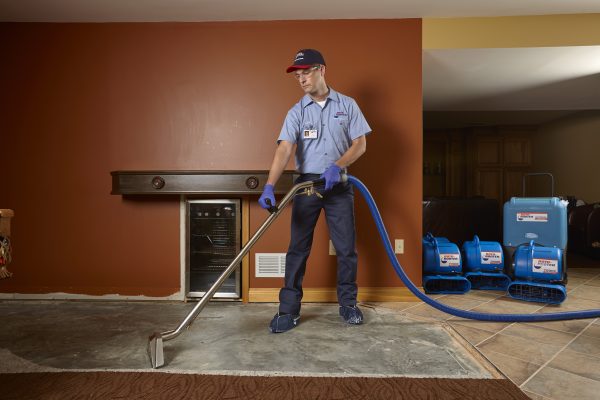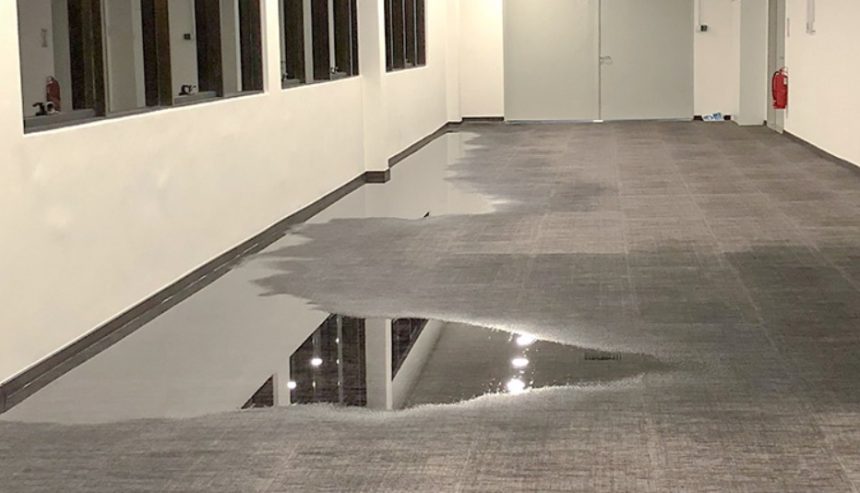Water damage in Marysville, WA is one of the most common and potentially destructive problems homeowners and businesses face. In Marysville, WA, with its mix of wet seasons, heavy rains, and proximity to bodies of water, water damage is an ever-present concern. Whether caused by natural disasters, plumbing failures, or accidental incidents, water damage can lead to structural issues, mold growth, and costly repairs if not addressed promptly.
Understanding the categories and classifications of water damage is crucial for anyone facing such a situation. By knowing the differences, you can assess the severity of the damage and take appropriate action, whether it involves minor repairs or extensive restoration. In this blog post, we’ll dive into the various categories and classifications of water damage and how they relate to homes and businesses in Marysville, WA.
Water Damage Categories
The Institute of Inspection, Cleaning, and Restoration Certification (IICRC) categorizes water damage into three main categories based on the source and contamination level of the water involved. Understanding these categories helps determine the safety concerns, urgency of response, and scope of repairs required.
Category 1: Clean Water
Category 1, also known as “clean water” damage, comes from a source of water that poses no immediate health risks to humans. The water is free from contaminants and typically comes from a broken water supply line, faucet, or overflowing sink or bathtub. In Marysville, common sources of Category 1 water damage might include malfunctioning appliances, burst pipes, or a leaking roof that hasn’t introduced external contaminants.
Category 2: Gray Water
Category 2 water damage, or “gray water,” refers to water that contains a significant level of contaminants. This type of water can come from appliances like washing machines or dishwashers, as well as toilet overflows (without solid waste). Gray water may contain chemicals, soaps, or biological matter that can cause discomfort or illness when ingested or touched.
Water Damage Classifications
In addition to the categories of water damage, there are four classifications that describe the extent of the damage based on factors such as the rate of evaporation, the amount of moisture involved, and the materials affected.
Class 1: Minimal Water Damage
Class 1 water damage is the least severe and typically involves only a small area with minimal absorption of water into materials. This type of damage may occur from a small leak or spill, and the water primarily affects surfaces like concrete or non-porous materials that do not absorb much moisture.
In Marysville, a Class 1 water damage scenario might involve a minor plumbing leak in a garage or basement with no carpeting or drywall. The cleanup process is relatively simple and often does not require extensive drying or dehumidification efforts.

Class 2: Significant Water Damage
Class 2 water damage involves a larger area where water has affected porous materials like carpeting, drywall, and wood. The water may have wicked up walls to a height of 12-24 inches, and the rate of evaporation is higher due to the affected materials’ ability to retain moisture.
A common example of Class 2 water damage in Marysville could be a burst pipe in a kitchen or bathroom, where water has soaked into the flooring and lower walls. This type of damage requires more intensive drying and possibly some replacement of materials like drywall or flooring.
Class 3: Extensive Water Damage
Class 3 water damage is considered severe and involves the greatest amount of water absorption into materials. In this classification, water may have saturated an entire room, including the ceilings, walls, insulation, and subflooring. The affected area will require significant drying efforts, often using specialized equipment like industrial dehumidifiers and air movers.
Heavy rains or flooding that enters a home or business in Marysville may result in Class 3 water damage, especially if water has penetrated multiple levels of the structure. Cleanup efforts for Class 3 damage are extensive, involving the removal of water-soaked materials and the use of professional-grade drying equipment to prevent mold growth.
Class 4: Specialty Drying Situations
Class 4 water damage involves materials with low permeability, such as hardwood floors, concrete, brick, or stone. These materials are slow to absorb water but once saturated, they are challenging to dry. Specialized drying techniques and equipment, such as desiccant dehumidifiers or heat-drying systems, are often required to address Class 4 damage.
In Marysville, homes or businesses with concrete foundations or stone walls may experience Class 4 water damage in cases of flooding or significant leaks. This classification requires highly specialized restoration services to fully dry and restore the affected areas.
Why Understanding Water Damage Categories and Classifications Matters
Recognizing the different categories and classifications of water damage can help property owners in Marysville, WA, understand the severity of their situation and take the appropriate action. The longer water damage is left untreated, the more it can escalate in both severity and cost. For example, what starts as a Category 1 clean water issue can quickly become a hazardous Category 3 black water problem if not addressed promptly.
For homeowners and businesses, it’s essential to contact a professional water damage restoration company as soon as water damage is detected. With expertise in managing various types of water damage, these professionals can accurately assess the situation, mitigate the damage, and restore your property safely and efficiently.
Conclusion
Water damage in Marysville, WA can arise from various sources, including rain, flooding, plumbing issues, or natural disasters. Knowing the difference between water damage categories (clean, gray, and black water) and classifications (based on the extent and type of materials affected) is crucial for addressing water damage promptly and effectively.
If you experience water damage, don’t wait—contact a trusted local restoration company to mitigate the damage and restore your property to its pre-damage condition. Prompt action will not only protect your health and safety but also save you from costly repairs down the line.




 PuroClean of Marysville
PuroClean of Marysville